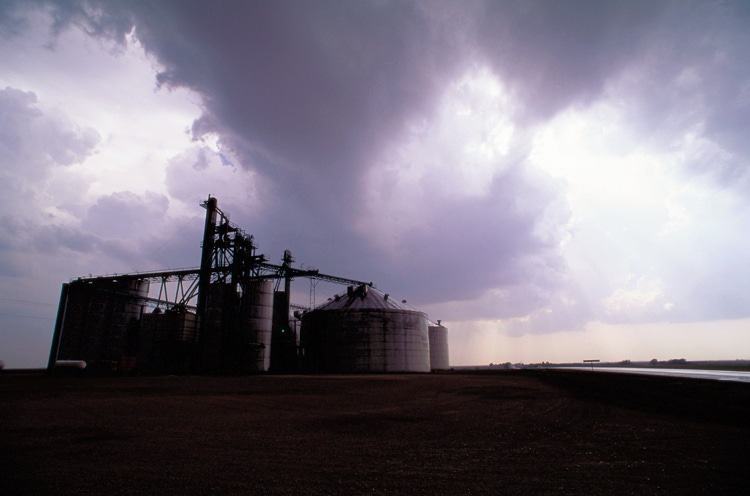January 27, 2011

Increases in commodity prices and production costs warrant a close look at the various crop insurance products available, said Scott Stiles, Extension economist-risk management, for the University of Arkansas Division of Agriculture.
“Higher base prices will result in higher guarantees for revenue products,” said Stiles. “However, higher prices will result in higher insurance premiums.”
Base (or projected) prices are components of premium calculations.
“Base prices used to set guarantees on revenue crop insurance products will be very attractive in 2011.”
Base prices are set by averaging daily settlement prices from January15 through February 14 for Chicago Board of Trade futures contracts: December corn, November soybeans and November rice. The IntercontinentalExchange, or ICE, December Cotton futures contract price also comes from the same time period.
In 2010, the Arkansas projected price for crop revenue coverage was 72 cents per pound for cotton, $4.32 per bushel for corn, $10.15 per bushel for soybeans, and 14 cents per pound for rice.
In the third week of January, “the respective futures contracts were trading near $1.10 for cotton, $5.81 for corn, $13.20 for soybeans, and 15.5 cents per pound for rice,” Stiles said. “Exact base prices will not be announced until February15 for Arkansas.”
Base prices enter into the calculation of revenue guarantees for Revenue Protection, or RP. RP is the result of combining three different products: Crop Revenue Coverage, Revenue Assurance, and Income Protection.
There is some straightforward arithmetic to help producers navigate this complex area. For example, RP with a harvest price option has a guarantee that equals: Actual Production History yield (times) higher of base or harvest price (times) coverage level.
APH yield, as its name suggests, is based on a history of farm yields. Harvest price is set during the fall and the coverage level is a farmer-selection. Once the base price is determined in mid-February, a minimum guarantee can be calculated for RP. The actual guarantee will increase if the harvest price is above the base price.
Stiles offered a comparison of 2010 and 2011 minimum revenue guarantees for cotton, based on the Jan. 25, 2011, futures price.
This example uses a 1,000-pound APH yield in both 2010 and 2011 and a 65 percent coverage level. For 2010, the minimum revenue guarantee is $468 per acre [1,000-pound APH yield (times) 72 cents base price (times) 65 cents coverage level]. If the 2011 base price equals $1.10, the minimum revenue guarantee will equal $715, an increase of $247 over the 2010 guarantee.
“Premiums for revenue insurance products will be higher in 2011,” said Stiles. “At the same time, protection offered by revenue products will be considerably higher too than in previous years.
“On many farms it will be possible to insure at the 65 percent coverage level and have the assurance that total per acre costs will be covered.”
Stiles reminded producers that the sales closing date for Arkansas is February 28 for spring-planted crops.
For more information about crop insurance or other aspects of agricultural economics, contact your county Extension office or visit http://www.uaex.edu/depts/ag_economics/.
You May Also Like




